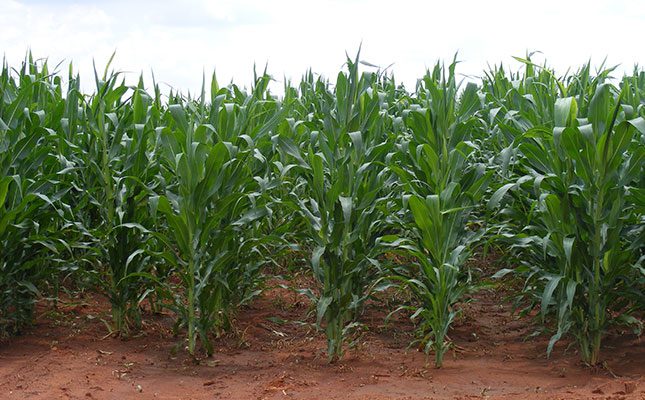
The latest forecast was released on 27 September and shows that for summer field crops, the harvest of commercial maize is expected to be 16,395 million tons, which is 0,09%, or 14 275t less than the 16,41 million tons of the previous forecast. The area estimate for maize is 2,59 million hectares and the expected yield is 6,34t/ha.
While there is a marginal decrease since the last forecast, the estimated maize crop is still 5,98%, or 925 225t, larger than the 2022 crop, according to the CEC.
The three main maize producing areas, namely the Free State, Mpumalanga and North West, are expected to produce 83% of the 2023 crop.
The production forecast for white maize is set at 8,5 million tons, which is 1,6% or 137 985t less than the previous forecast of 8,638 million tons. The area estimate for white maize is 1,521 million hectares and the expected yield is 5,59t/ha.
The production forecast for yellow maize is 7,895 million tons, 1,59% or 123 710t more than the 7,772 million tons of the previous forecast. The area estimate for yellow maize is 1,065 million hectares and the yield is 7,41t/ha.
In terms of other summer crops, the CEC estimates sunflower seed production at 729 110t, which is 1,95% or 14 500t less than the 743 610t of the previous forecast. The area estimate for sunflower seed is 555 700ha, while the expected yield is 1,31t/ha.
The production forecast for soya beans remains unchanged at 2,755 million tons, while the expected groundnut crop also remained unchanged at 51 910t.
The production forecast for sorghum is now 94 360t, which is 3,46% or 3 380t less than the 97 740t of the previous forecast.
In the case of dry beans, the production forecast remains unchanged at 50 260t.
In terms of winter crops, the expected production of wheat is 2,131 million tons, which is 0,48% or 10 250t less than the previous forecast of 2,142 million tons, whilst the expected yield is 3,96t/ha.
The expected wheat production in the Western Cape is 1,095 million tons (representing 51% of national production), which is unchanged from the previous forecast.
In the Free State, the expected wheat production is 331 200t (16%), compared with the 340 800t of the previous forecast. In the Northern Cape, 310 000t (14%) is expected to be produced, unchanged from the previous month.
According to the CEC, the production forecast for barley is 389 920t, which is 2,61% or 9 900t more than the previous month’s forecast of 380 020t.
The expected canola crop is 230 950t, which is 5,33% or 13 000t less than the previous month’s forecast of 243 950t.
The expected crop for oats for the 2023 season is 51 050t and the revised area planted is 27 500 ha. The expected yield is 1,86t/ha.
In the case of sweet lupines, the production forecast is 19 200t.
Commenting on the latest forecast, Wandile Silhobo, Agbiz chief economist, said a positive view of South Africas 2023/24 winter crop harvest is maintained.
“The CEC’s latest estimate for the wheat harvest is 2,1 million tons, up 1% from the previous season. Importantly, this is well above the 10-year average harvest of 1,8 million tons. Monitoring crop conditions in the coming weeks remains crucial to us,” he said.
Commenting on the summer crop estimates, he said there were no new surprises or significant adjustments to the existing forecasts.
“Notably, a crop of 16,4 million tons implies South Africa will have sufficient supplies to meet domestic maize needs of roughly 11,4 million tons and have approximately 3,3 million tons for export markets in the 2023/24 marketing year.”
He mentioned that the primary focus this season would be the weather outlook. “The uncertainty regarding the intensity of the El Niño weather event and the possible higher temperatures and lower-than-normal rainfall that this could bring is still a concern.”
The third production forecast for winter cereals for 2023 will be released on 26 October.












